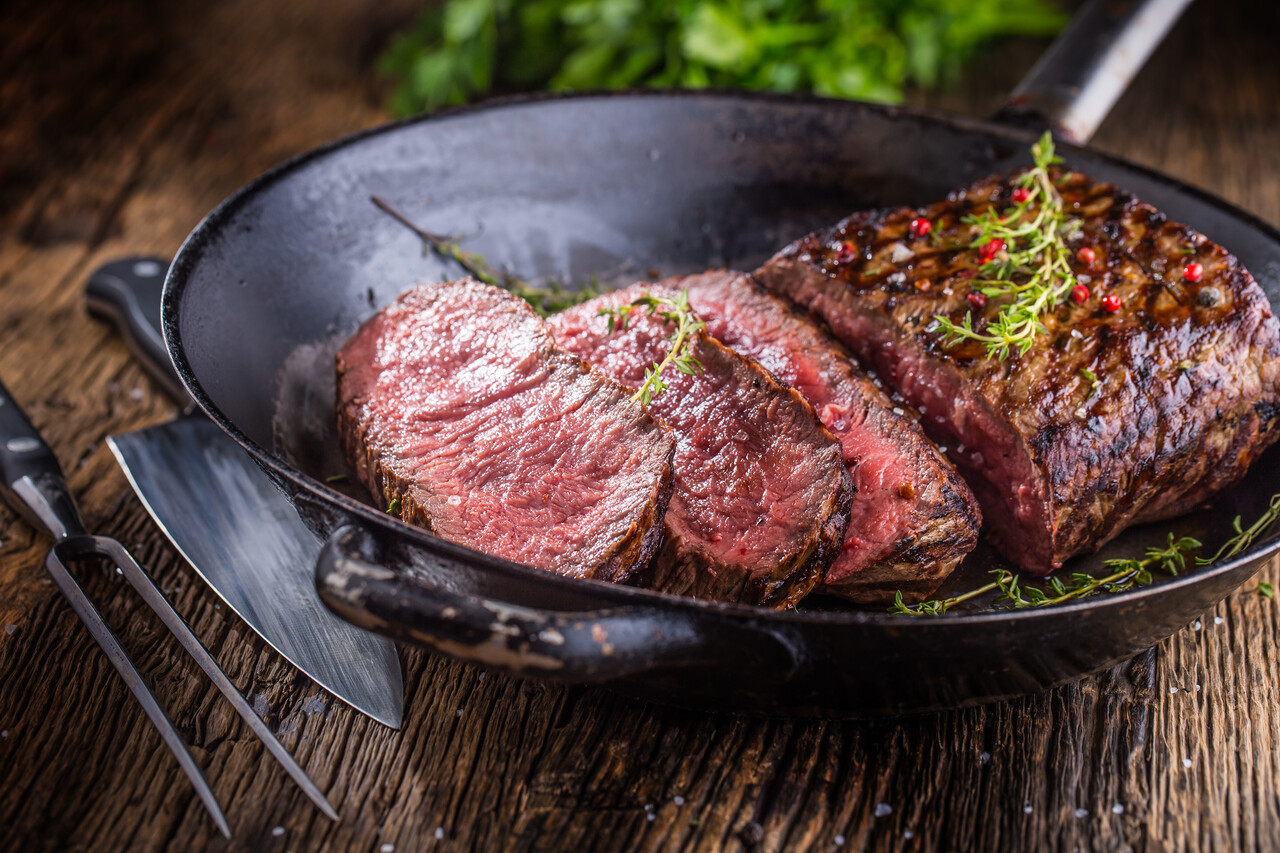How the Amish Preserve Meat Without Refrigeration After All These Years
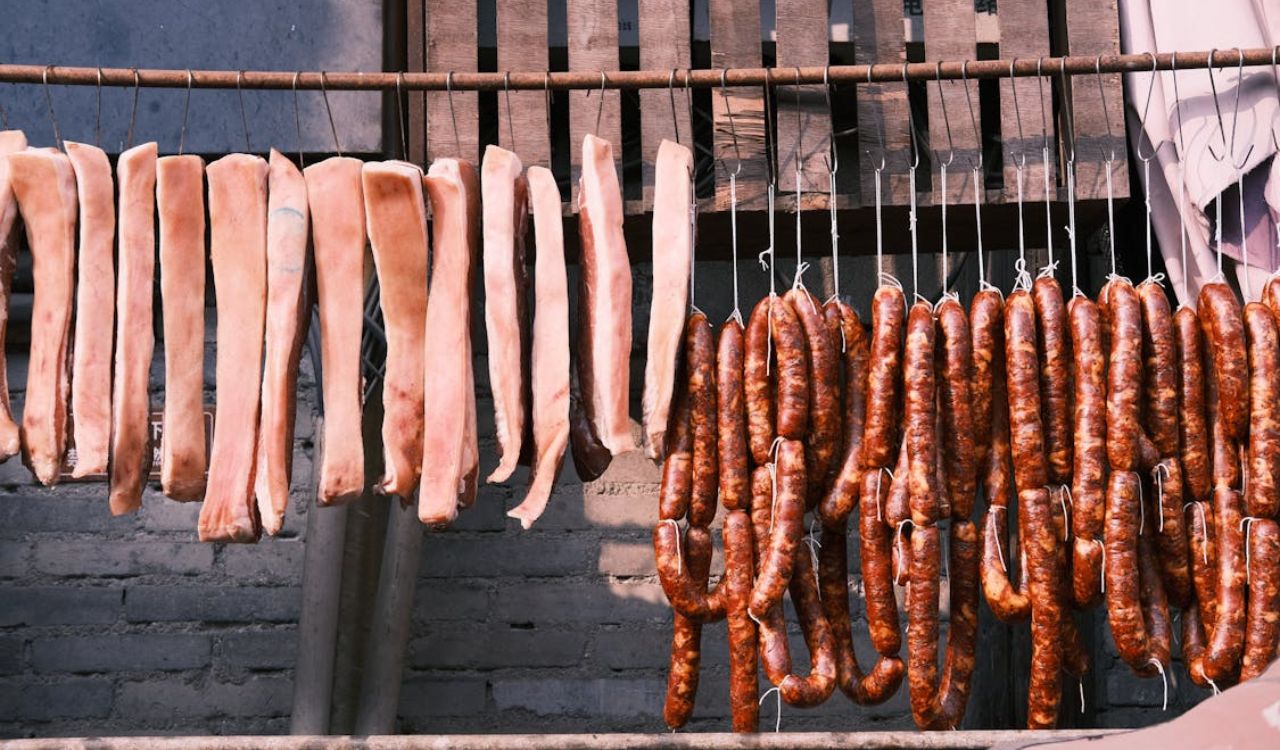
In a world of freezers, coolers, and constant access to electricity, the Amish have managed to maintain their traditional way of preserving meat without modern refrigeration. Their techniques, honed over generations, rely on natural preservation processes that keep meat safe, flavorful, and long-lasting.
Rooted in simplicity and sustainability, these time-tested methods still serve as valuable lessons in self-reliance and resourcefulness. Here is how the Amish continue to preserve meat after all these years.
Understanding the Amish Approach to Meat Preservation
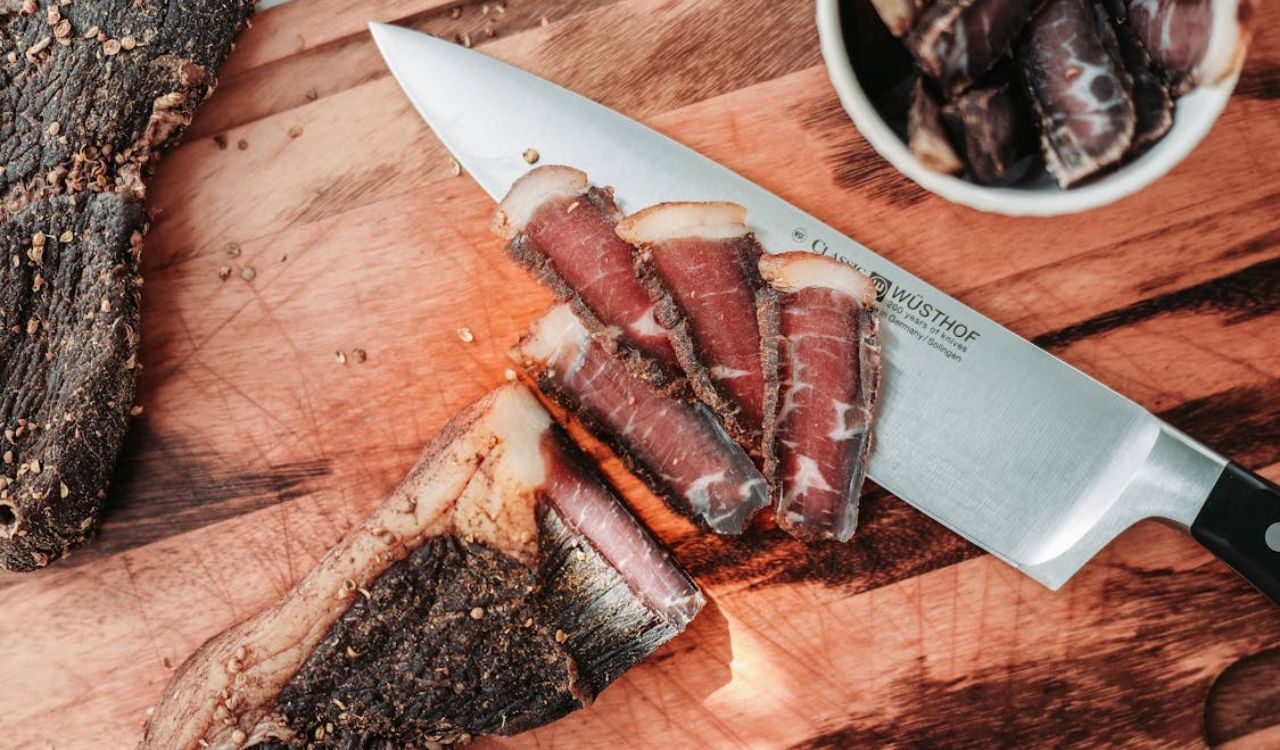
For the Amish, food preservation is more than practicality. It is a cultural tradition. Living largely off the land, many Amish families raise their own livestock and process meat themselves.
A study conducted in Ohio Appalachia found that around 30 percent of Amish adults cured their own meat, compared with only 8 percent of non-Amish adults in the same region. About 38 percent of Amish respondents made homemade sausages, while just 15 percent of non-Amish neighbors did. These numbers highlight the community’s commitment to maintaining food independence through traditional methods.
Why Refrigeration Is Not Always Needed
While some Amish households do use propane or gas-powered refrigeration, many rely on alternative methods. Root cellars, spring houses, and cool underground spaces serve as natural temperature regulators. According to the same Ohio study, about 85 percent of Amish homes had some form of refrigeration, compared with 100 percent among non-Amish households.
In communities that avoid electricity completely, preservation without refrigeration remains essential. These traditional techniques allow them to store meat safely year-round, even through hot summers, without depending on modern appliances.
Self-Sufficiency and Immediate Processing
Because Amish families raise their own livestock, they can butcher and process meat within hours of slaughter. Immediate curing, salting, or smoking prevents spoilage and locks in freshness.
Every household has its own rhythm and preferred technique, passed down through generations. This self-sufficient cycle of raising, processing, curing, and storing ensures complete control over quality and safety. For many Amish families, these tasks are not chores but a way of honoring tradition while ensuring food security.
The Core Preservation Techniques
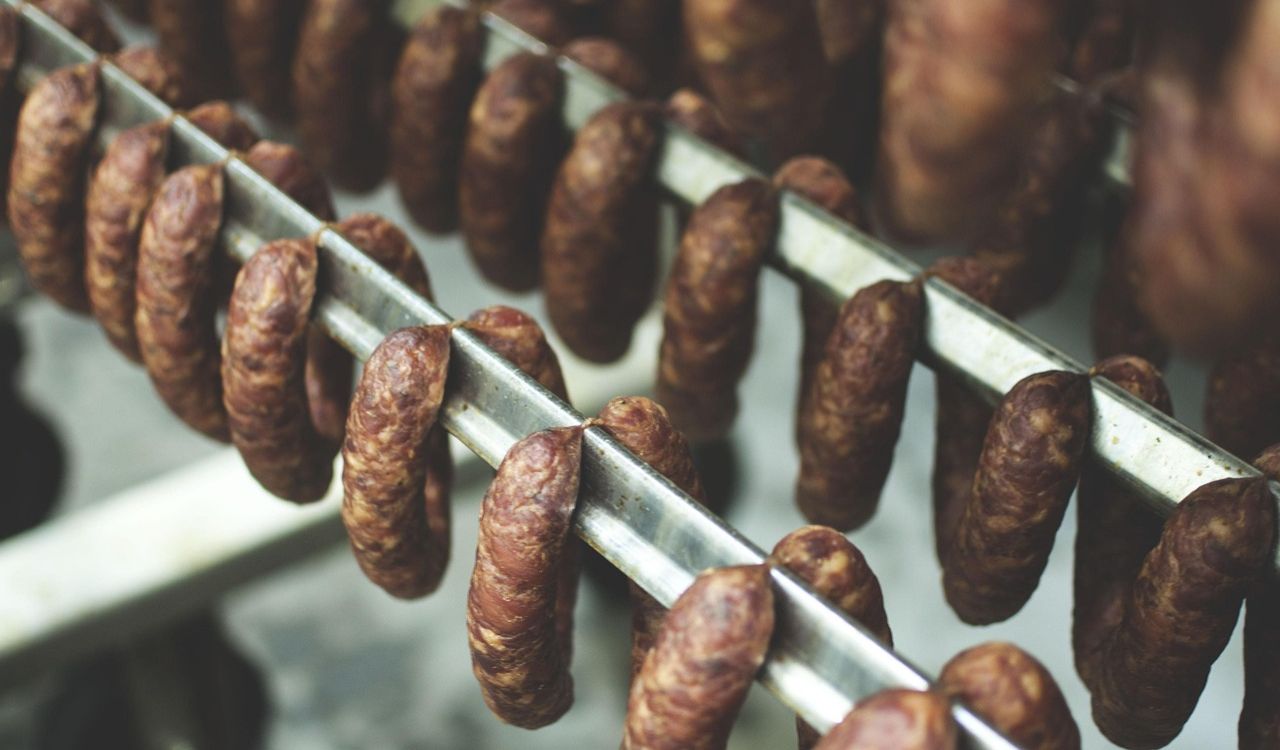
The Amish rely on a blend of salt, smoke, and air circulation to create safe, flavorful meat that lasts for months. Each technique targets a specific factor that causes food to spoil, such as moisture, bacteria, or oxygen exposure.
Salting, Brining, and Curing
Salting is one of the oldest and most reliable preservation methods. It works by drawing moisture out of the meat, creating an environment where bacteria cannot survive. Some Amish families dry-cure meat with salt rubs, while others immerse it in a brine solution for several days.
Scientific studies show that cured meats can reach moisture contents as low as 4 percent and water activity values of 0.25, conditions that effectively inhibit microbial growth. After curing, the meat is hung in a well-ventilated, cool space to dry and firm up. This method ensures long-lasting flavor and safety.
Smoking and Drying
Smoking combines dehydration and natural antimicrobial effects. Amish families often build small wooden smokehouses where meat is hung above smoldering wood chips. The smoke imparts flavor while compounds like phenols and formaldehyde prevent bacterial growth.
Hot smoking fully cooks the meat, while cold smoking gently infuses flavor and aids preservation without fully cooking it. The result is tender, aromatic meat that can last for weeks or even months. Drying can also be done separately in cool, breezy conditions, producing jerky-like meats that stay shelf-stable for long periods.
Fat Sealing and Root-Cellar Storage
A classic Amish method known as “potted meat” involves sealing cooked meat under a layer of rendered fat. This creates an airtight barrier that prevents oxygen exposure and slows spoilage. Root cellars, another Amish staple, maintain naturally cool and stable temperatures between 35 and 50 degrees Fahrenheit.
Some families still harvest and store ice blocks during winter, using them in insulated ice houses for summer cooling. These systems require no electricity, only discipline and experience in managing temperature and airflow.
Practical Lessons for Modern Times
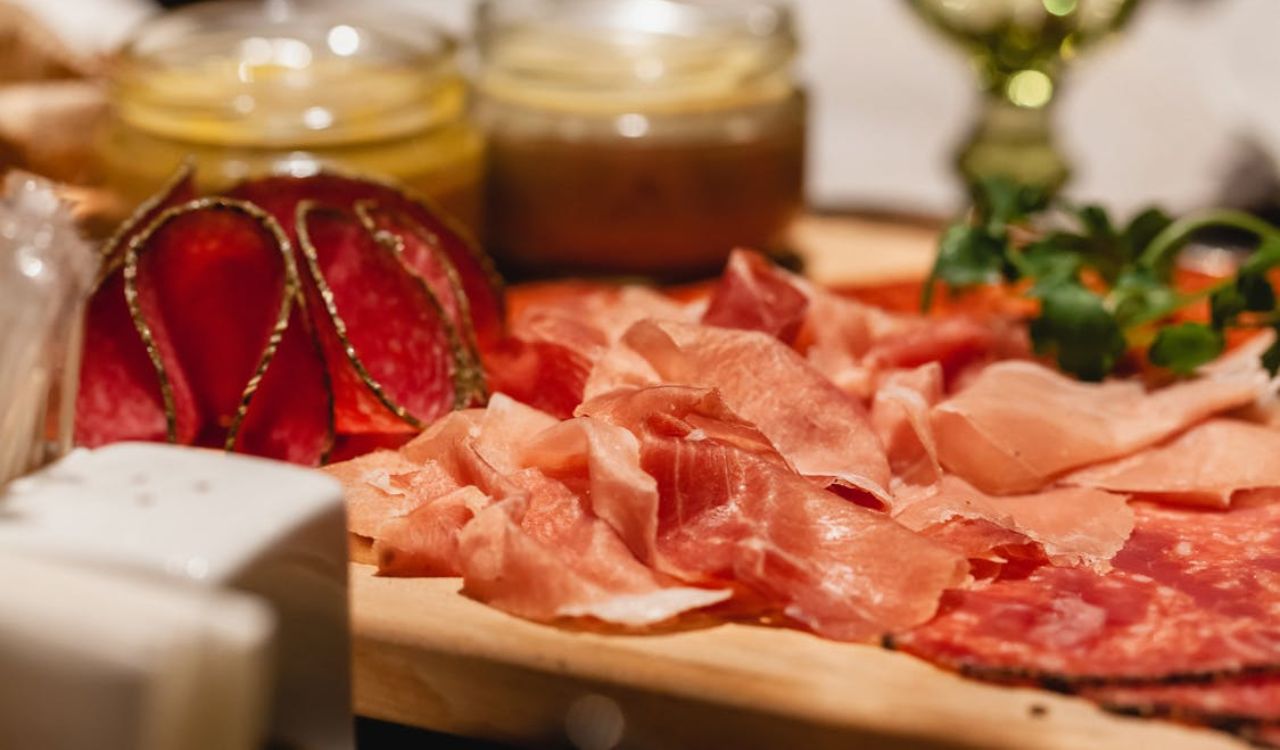
The Amish approach to meat preservation proves that long-lasting, safe food storage is possible without modern technology. Their practices offer several lessons for anyone interested in sustainability, homesteading, or emergency preparedness.
Layered Preservation for Better Results
The Amish rarely depend on a single preservation method. Instead, they combine salting, smoking, and controlled storage to create multiple layers of protection. This multi-step approach is supported by modern food science, which recognizes the benefits of combining barriers to microbial growth. For example, cured and smoked meats that are then stored in a dry environment stay stable for far longer than meats preserved using one method alone.
Local Sourcing and Sustainability
By processing meat on their own farms, Amish families eliminate the need for cold-chain transport or industrial storage. This reduces waste and environmental impact while promoting local food resilience. It also gives them complete control over animal welfare, hygiene, and ingredient quality. Today, many small farmers and off-grid homesteaders are revisiting these same ideas as part of the sustainable food movement.
Preservation That Enhances Flavor
For the Amish, preservation does not just protect food. It enhances it. The combination of salt and smoke produces meats with complex, savory flavors that rival artisanal charcuterie. Cured hams, bacon, and jerky are valued not only for their shelf life but also for their taste. In this sense, the Amish remind us that preservation can be both practical and culinary artistry.
Challenges and Cultural Context
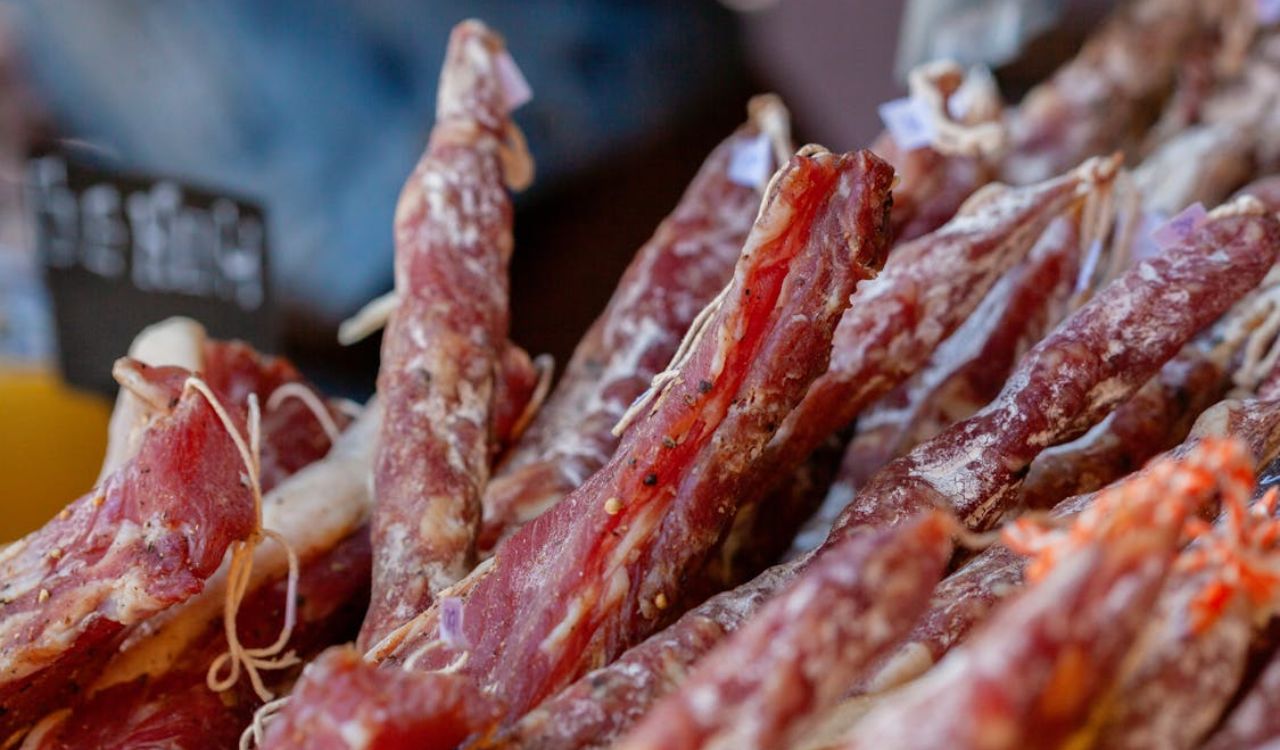
While effective, Amish preservation methods require care and consistency. These techniques depend on the right balance of temperature, humidity, and cleanliness.
Food Safety Considerations
Improper curing or drying can lead to bacterial contamination. Meat must reach the correct salt concentration, pH level, and moisture content to remain safe.
Food safety research indicates that properly dried meats should have moisture levels below 15 percent and water activity below 0.60. Monitoring these conditions, whether with traditional knowledge or modern tools like thermometers, is crucial. In Amish communities, experience and observation play the role that modern sensors do in contemporary kitchens.
Regional and Climate Limitations
Amish meat preservation methods developed in temperate areas such as Pennsylvania and Ohio, where cool seasons and low humidity naturally support safe drying and storage.
Applying these techniques in warmer, more humid climates can require adjustments such as additional salting, shorter curing times, or artificial airflow. Even so, the principles remain adaptable and effective across different environments when applied carefully.
A Heritage Rooted in Community
These methods are not merely practical but deeply cultural. They represent an intergenerational transfer of knowledge built on trust, patience, and community cooperation.
Preservation days often bring families together, reinforcing social bonds. While non-Amish individuals can adopt these techniques, understanding their origins helps preserve the respect and authenticity tied to them.
Why These Traditions Still Matter

In a world increasingly focused on convenience and technology, the Amish remind us that simplicity can be powerful. Their methods of meat preservation demonstrate that innovation does not always mean modernization.
Resilience and Self-Reliance
With rising energy costs and environmental uncertainty, being able to store food without refrigeration offers resilience. These low-tech solutions could prove invaluable during power outages or disruptions in food supply chains. For off-grid communities and sustainable farmers, Amish preservation practices provide a model for food independence.
Heritage and Culinary Inspiration
Interest in traditional food preservation is growing as people rediscover the value of authentic, handcrafted foods. Artisanal cured meats and smokehouse products mirror Amish practices that have existed for centuries. Their methods continue to inspire chefs, food historians, and anyone seeking to reconnect with ancestral wisdom.
Sustainability for the Future
Perhaps the most striking lesson from Amish preservation is its sustainability. By using minimal energy and waste, these techniques align with modern environmental goals. They offer a glimpse into a future where traditional skills can coexist with scientific understanding to create safer, greener, and more flavorful food systems.
The Takeaway
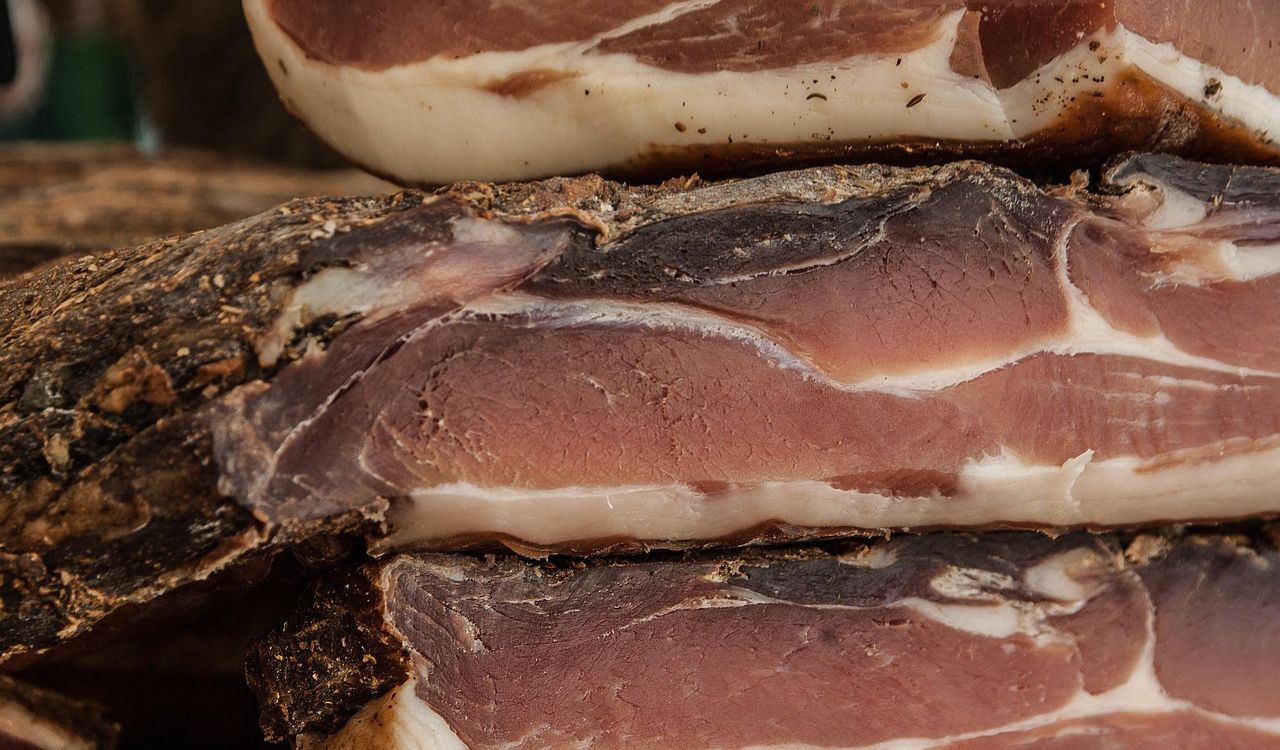
Amish meat preservation is a living tradition that bridges practicality and heritage. Through salt curing, smoking, fat sealing, and careful storage, the Amish have shown that safe and delicious meat can last for months without electricity.
Their methods highlight patience, respect for nature, and self-sufficiency, values that are increasingly relevant in today’s fast-paced world. As modern food systems face new challenges, the enduring wisdom of the Amish reminds us that sometimes the old ways are the most sustainable.
References
- Salting (food)- Wikipedia.com
- Food drying- Wikipedia.com
- Curing (food preservation)- Wikipedia.com
- Amish Food & Cooking: An Inside Look- AmishFurnitureFactory.com
- Methods of preservation of meat- NDVSU.org
- Dietary Intake, Food Processing, and Cooking Methods Among Amish and Non-Amish Adults Living in Ohio Appalachia: Relevance to Nutritional Risk Factors for Cancer- ResearchGate.net
- Physical Health Conditions of the Amish and Intervening Social Mechanisms: An Exhaustive Narrative Review- PMC.NCBI.NLM.NIH.gov



